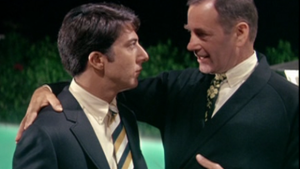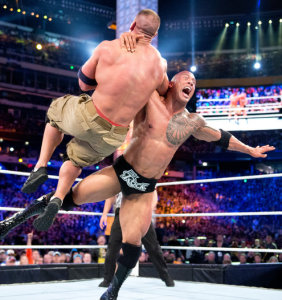 Fans of the “Emergency!” TV show will recall Rampart General Hospital (right). In Rampart Resources v. Rampart/Wurth Holding, the Fifth Circuit evaluated the likelihood of confusion between two businesses that both used the name “Rampart”:
Fans of the “Emergency!” TV show will recall Rampart General Hospital (right). In Rampart Resources v. Rampart/Wurth Holding, the Fifth Circuit evaluated the likelihood of confusion between two businesses that both used the name “Rampart”:
- Type of Mark. The strength of Rampart Resources’ arbitrary trademark was balanced by widespread third-part y usage of the key portion of the mark. This digit weighed in favor of Rampart Resources, but not heavily.
- Similarity Between the Marks. The similarity between the marks was not substantial. The only common element was the word “Rampart,” and the overall appearance, sound, and meaning of the marks were different. This digit weighed in favor of Rampart/Wurth.
- Similarity of the Services. There was only a minor overlap in the services provided by the parties—both operated broadly in the real estate industry, but their specific services did not substantially overlap. This digit weighed somewhat in favor of Rampart Resources.
- Identity of the Retail Outlets and Purchasers. The court found that the retail outlets and purchasers were not sufficiently similar to cause confusion. This digit weighed in favor of Rampart/Wurth.
- Identity of the Advertising Media Used. Both parties used word-of-mouth and online advertising but the evidence was insufficient to make this digit probative, either way.
- Defendant’s Intent. The court found no evidence of bad intent on the part of Rampart/Wurth. This digit was neutral.
- Actual Confusion. The court acknowledged some evidence of actual confusion, such as misdirected phone calls and a FedEx driver’s confusion. However, it found that this evidence was not particularly weighty and did not show that any confusion swayed consumer purchases. This digit weighed slightly in favor of Rampart Resources.
- Degree of Care Exercised by Potential Purchasers. The court found that the sophistication of the clients and the care they exercised in making purchasing decisions weighed against a likelihood of confusion. This digit weighed in favor of Rampart/Wurth.
Overall, the Court affirmed the district court’s decision to deny a preliminary injunction. No. 24-30111 (Feb. 24, 2025).



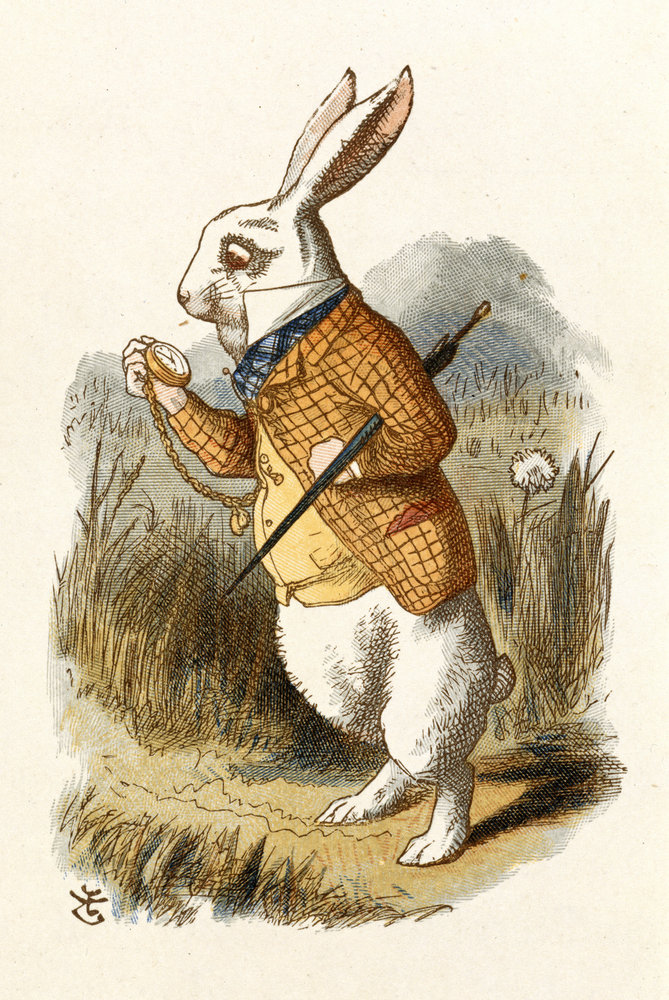
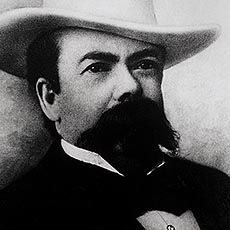
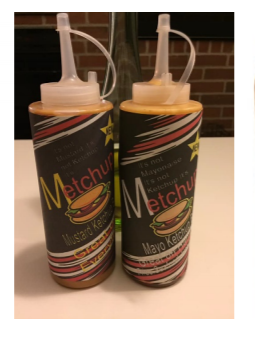
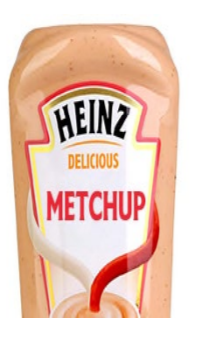
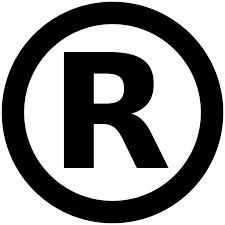


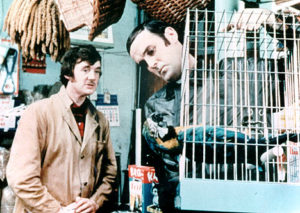

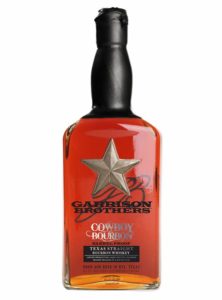


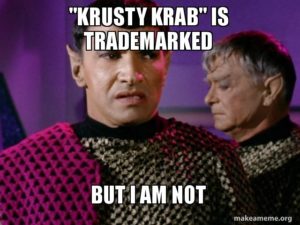

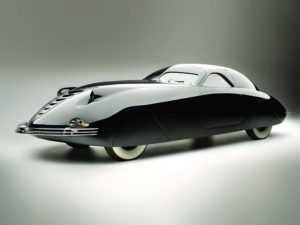
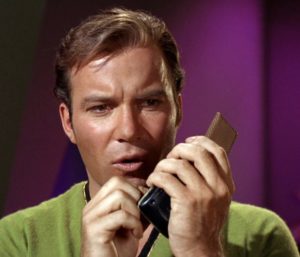

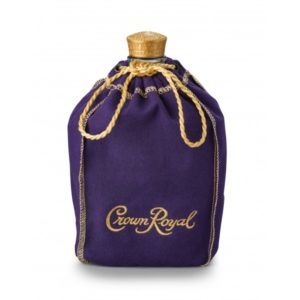
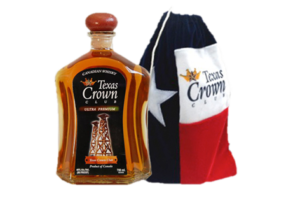
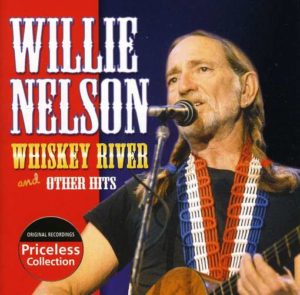




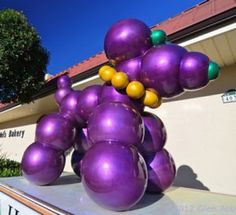
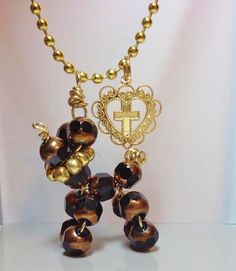 jewelrymaker, reasoning:
jewelrymaker, reasoning:

